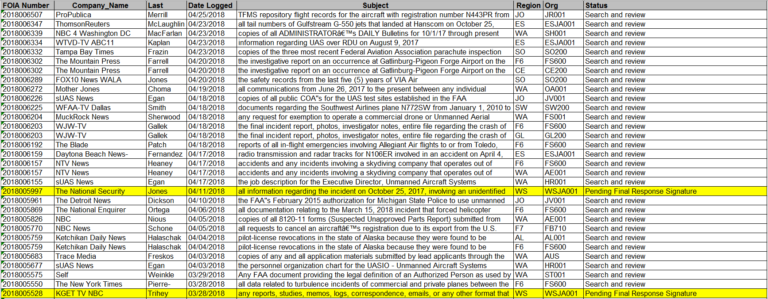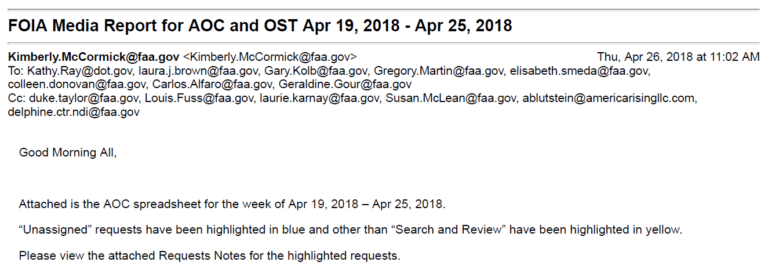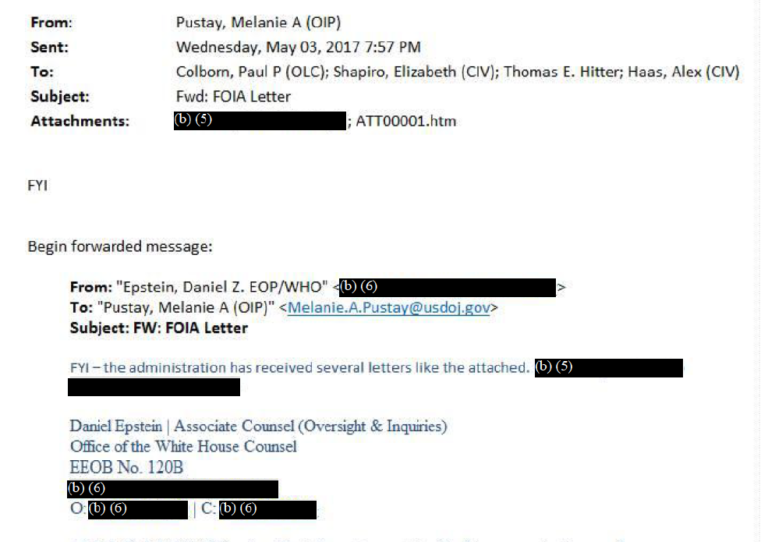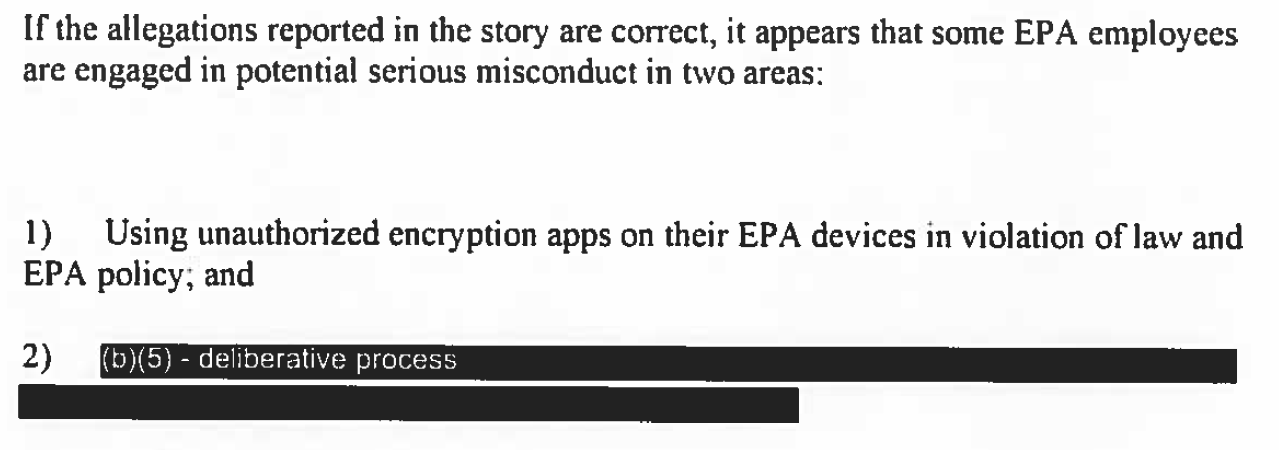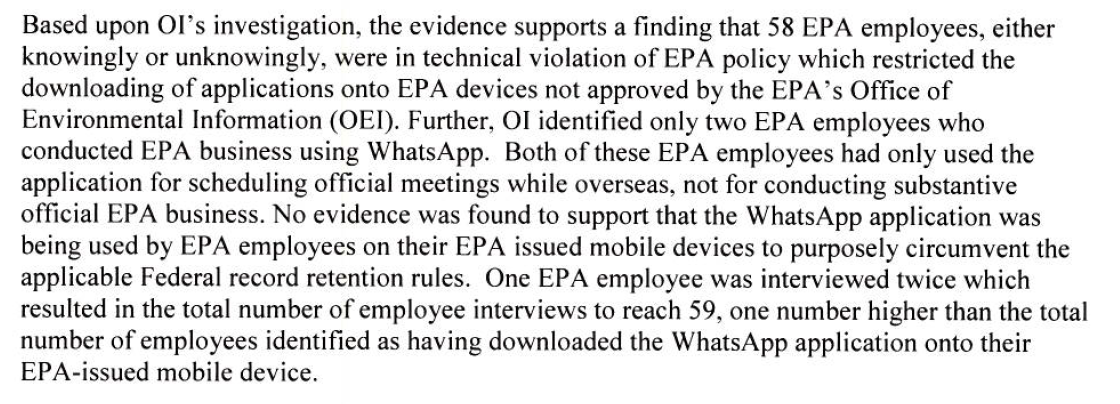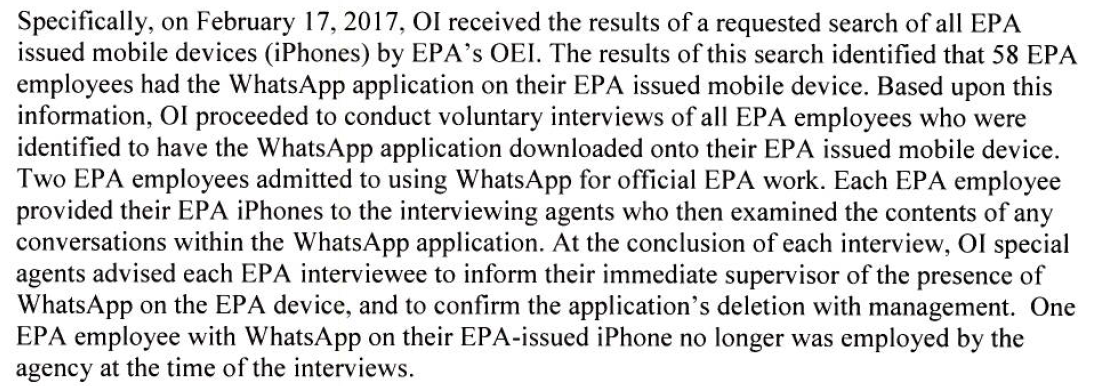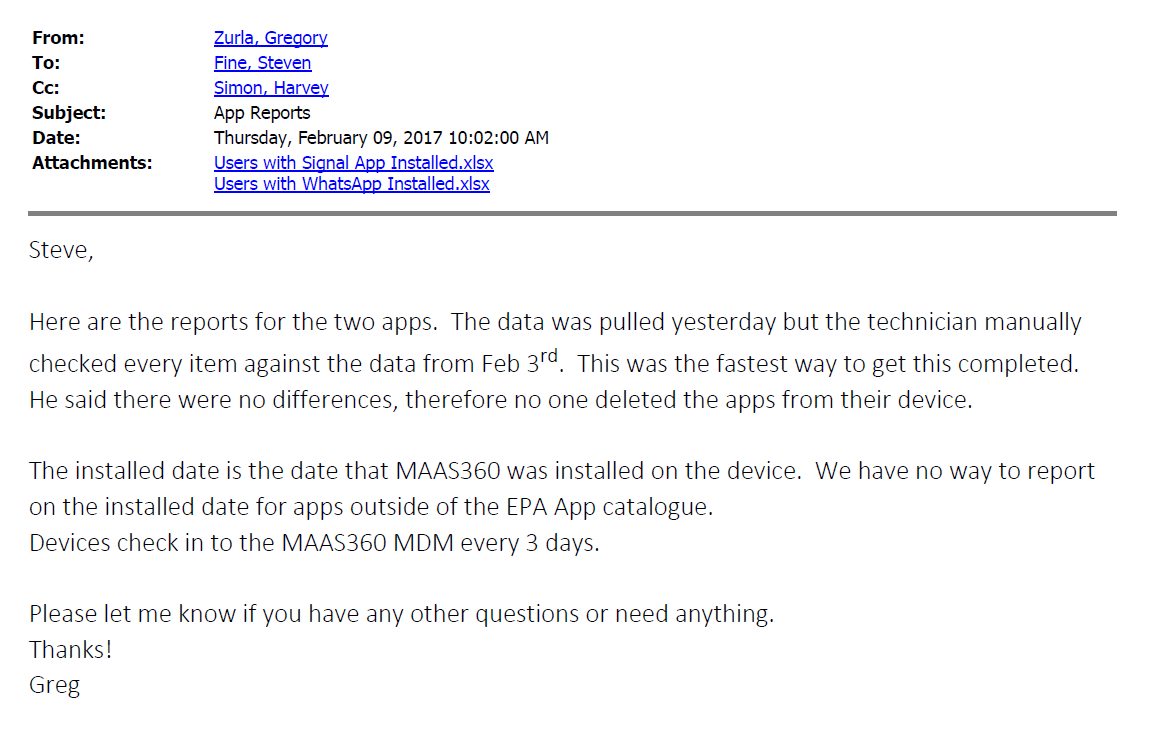Cause of Action Institute (“CoA Institute”) submitted a comment today to the Department of Agriculture (“USDA”) concerning the agency’s publication of a deficient rule that proposes revisions to the agency’s Freedom of Information Act (“FOIA”) regulations. CoA Institute explained that USDA’s FOIA rule fails to provide a definition of a “representative of the news media” that conforms with statutory and judicial authorities. The proposed regulations also could cause confusion by directing agency staff to consult outdated fee guidance published by the White House Office of Management and Budget (“OMB”).
News Media Fee Category
USDA’s proposed regulations improperly retain the so-called “organized and operated” standard in the definition of a “representative of the news media.” This is an important deficiency because the “organized and operated” standard has been used in the past to deny news media requester status to nascent media groups and government watchdog organizations like CoA Institute. Indeed, CoA Institute took another agency—the Federal Trade Commission—to court, and argued its case all to the way to the D.C. Circuit, just to get the agency to acknowledge that its similar retention of the “organized and operated” standard was unlawful and led to improperly denying CoA Institute a fee reduction. The D.C. Circuit eventually issued a landmark decision in CoA Institute’s favor to clarify proper fee category definitions and their application in FOIA cases.
Congress amended the FOIA to provide a straightforward and comprehensive definition of a “representative of the news media.” USDA—and all other agencies—should not attempt to modify that definition or introduce additional hurdles for news media requesters.
OMB Fee Guidelines
USDA’s FOIA rule also proposes to retain references to the OMB’s 1987 FOIA fee guidelines, which are the genesis of the “organized and operated” standard. Specifically, USDA would like its disclosure officials to estimate fees in accordance with the OMB fee guidelines. But those guidelines are outdated and unreliable. Over the past thirty years, Congress has amended the FOIA on numerous occasions, courts have developed overriding FOIA jurisprudence, and technology has evolved in significant ways. Yet OMB has made no effort to revisit its fee guidance. That guidance should not be used as a reference point for the proper administration of the FOIA.
In 2016, the FOIA Advisory Committee and the Archivist of the United States called on OMB to update the fee guidelines. CoA Institute even filed a petition for rulemaking on this issue. Last November, we filed a lawsuit to compel the agency to provide a response to that petition. Until OMB acts to revise its fee guidelines, USDA should not direct its staff to consult them in any way as authoritative.
Other Agencies Have Followed CoA Institute’s Advice
CoA Institute has succeeded in convincing a number of other agencies to abandon the OMB’s “organized and operated” standard in favor of a proper definition of “representative of the news media” in line with the FOIA statute and controlling case law. Those agencies include, among others, the Consumer Product Safety Commission, Office of the Special Counsel, Department of Defense, U.S. Agency for International Development, and Department of Homeland Security. We hope that USDA similarly will revisit its FOIA rule and eliminate the “organized and operated” standard in lieu of a proper definition of a news media requester.
Ryan Mulvey is Counsel at Cause of Action Institute
